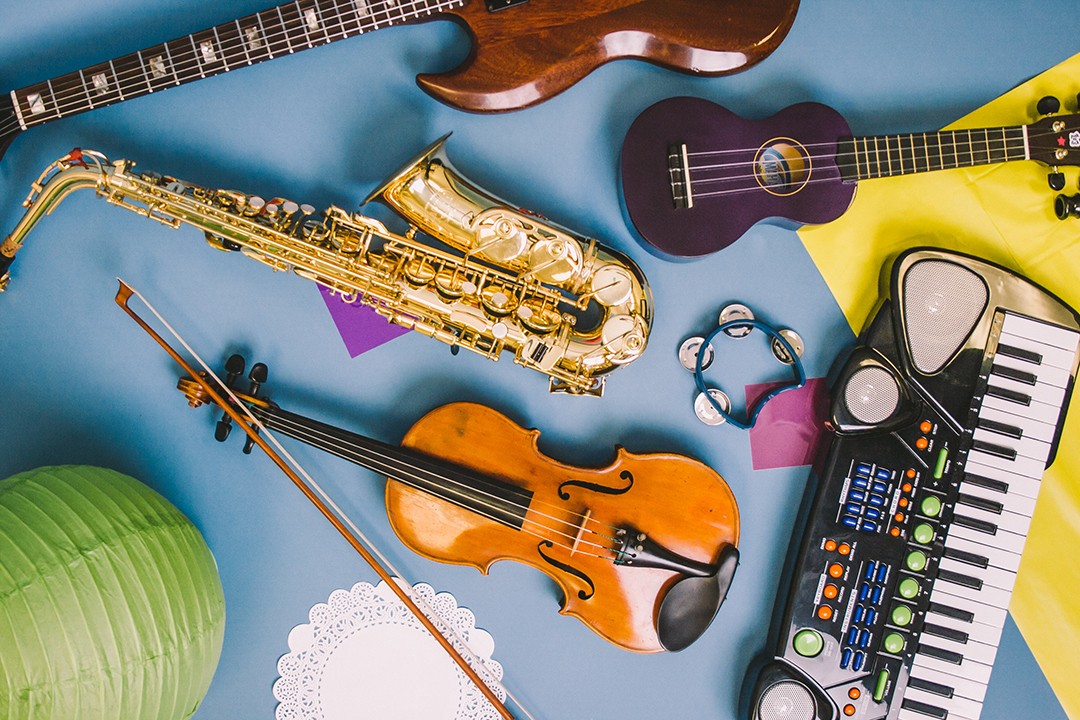To me, the unsung hero of music has always been the instrumentals. What was, initially, the predominant form of musical expression, is no longer seen as the primary form of communication in popular music. Lyricism has come forward to overshadow melody; and, although instrumental practices, such as sampling in rap still occur, the lyrics are what are most often remembered.
THE LISTENER
I’ve played many instruments in my life, and I’ll keep it real; I sucked at all of them: the piano, the recorder — you name it. I’ve never had the patience or time management skills for the extensive practicing necessary for musical greatness.
Nevertheless, I’ve always considered myself a great appreciator of music. Today, my iTunes sports a range of music from rap, to folk, to jazz, even to Austrian industrial. However, it was only recently that I discovered the liberating beauty of expression in instrumental music.
The dimension of expression in an instrumental piece is, of course, abstract. However, understanding the way the music itself makes you feel can create a bond between the musician and the listener; without a verbally expressed goal, you become able to appreciate the musicality of the song without the expectation of explicit understanding that comes with lyricism. This is exemplified by KC Accidental’s album, Anthems for the Could’ve Been Pills.
KC Accidental is a band comprised of Charles Spearin and Kevin Drew, who have since gone on to form the group, Broken Social Scene. The KC Accidental’s discography, save for one song called “Them” which is accompanied by lyrics, is entirely instrumental. Listening to the groups music, I discovered an entirely new dimension to music that I had previously ignored. Anthems for the Could’ve Been Pills is an album that has made me feel cathartic, nostalgic, and even, at times, hopeful. “Instrumental Died in the Bathtub and Took the Daydreams with it” is a song that evokes feelings of loss and disappointment through it’s solemn melody and “slow dance” beat.
The different effects created by instrumentality and lyricism become clearer when looking at songs that have both lyrical and solely instrumental versions. One of my favourite songs is Jon Hopkin’s “Breathe This Air.” The original instrumental arrangement created for his 2013 album, Immunity, builds around a simple piano tune — the bass builds, adding dimensions to every beat. My feelings while listening to the song ranged from the cheesy “this is what falling in love sounds like” to “this is semi-anticlimactic and utterly disappointing in the most beautiful way.”
THE MUSICIAN
Katelyn Molgard exudes “cool” as soon as she enters a room — this is due in part to being a member of the 3-piece psychedelic band Seraphic Lights, as well as conducting her own solo work. By speaking with her, I discovered how different two people’s perceptions can be about music. An obvious difference, that separates us is what we see as the primary expression in music — lyrics versus instrumentality.
As a listener and not a musician, I’m unable to break down instrumentality as much as I’d like. Here’s where Molgard can provide insight: “Instrumental triggers for mood,” she explains, adding, “The rhythm section, the drums and bass are really crucial. Guitar tones… are also important, and even things like reverb, like what kind of reverb is being used on different instruments.”
She goes on to break down the different guitar tones. She explains, “High frequencies are very twangy and can be very abrasive at times. You really need to be aware on how these textures work with the song — [the guitar’s] a voice in and of itself. A guitar tone can make [or] break a song.”
“You also change and use instruments in the way you would change your voice,” she adds. “For example, if I’m singing a somber piece of music and I decided to rap… it wouldn’t really work. There’s also an irony, where you can listen to a country song that sounds really happy and you hear the lyrics and you’re like man, that’s depressing. It’s a juxtaposition… which is another point for saying that lyrics are essential.”
When talking about live performances, it becomes clear instrumentality can be an absolute necessity for expression. “The nature of rock’n’roll venues is that you can’t really hear the lyrics,” says Molgard. “The reality is if you are at a club, most people are drinking and they are getting a wash of sound — it’s an entertainment thing. It’s not about communicating with myself and hear what this lyricist has to say.”
As our conversation progressed, I discovered that our perceptions really determine what is expressed within any given piece of music. But, what is so beautiful about the instrumentality is that you can never truly be wrong in what you feel, since you are not bound by the intention of lyricism. Instrumental music is liberating in the beauty that lies behind its uncertainty.
